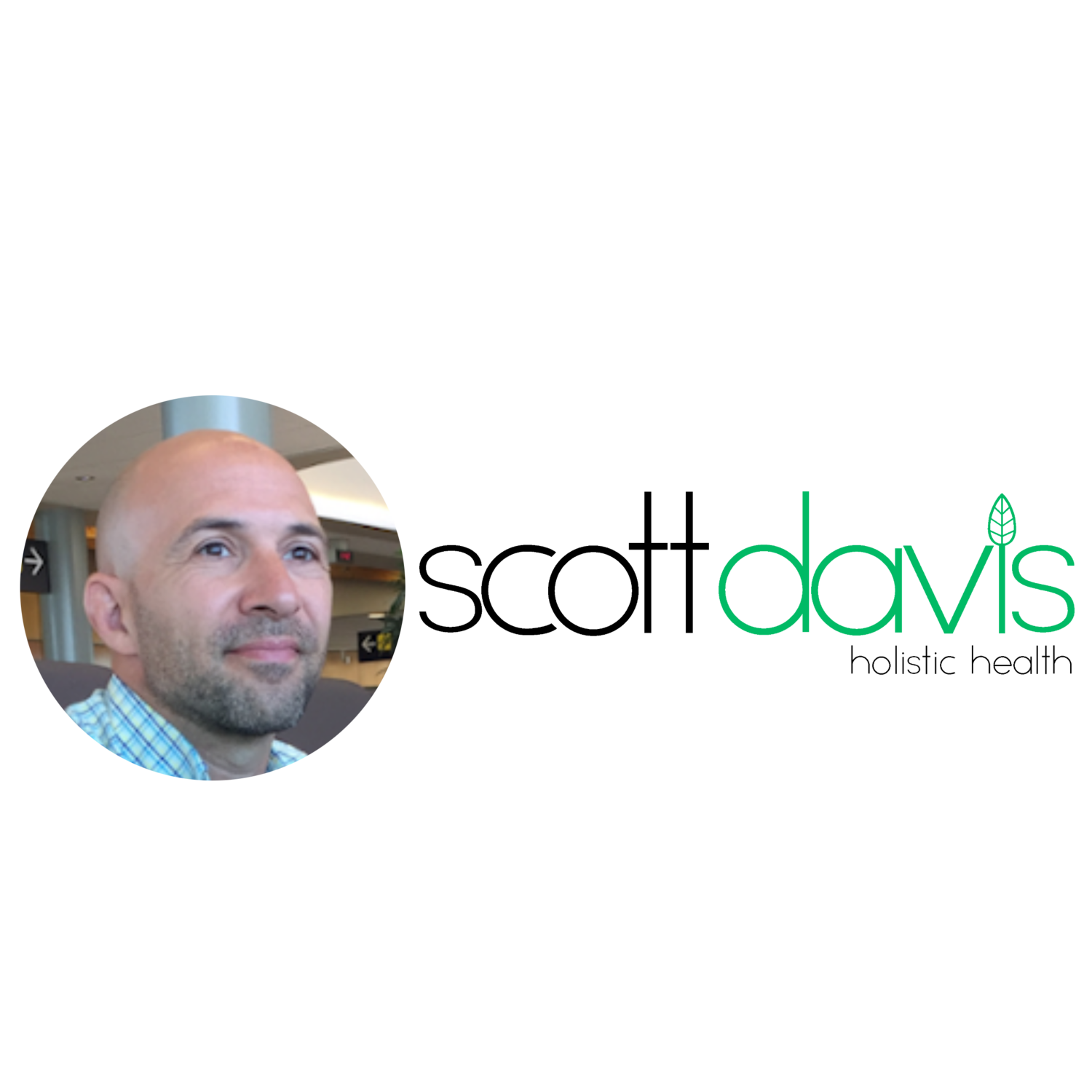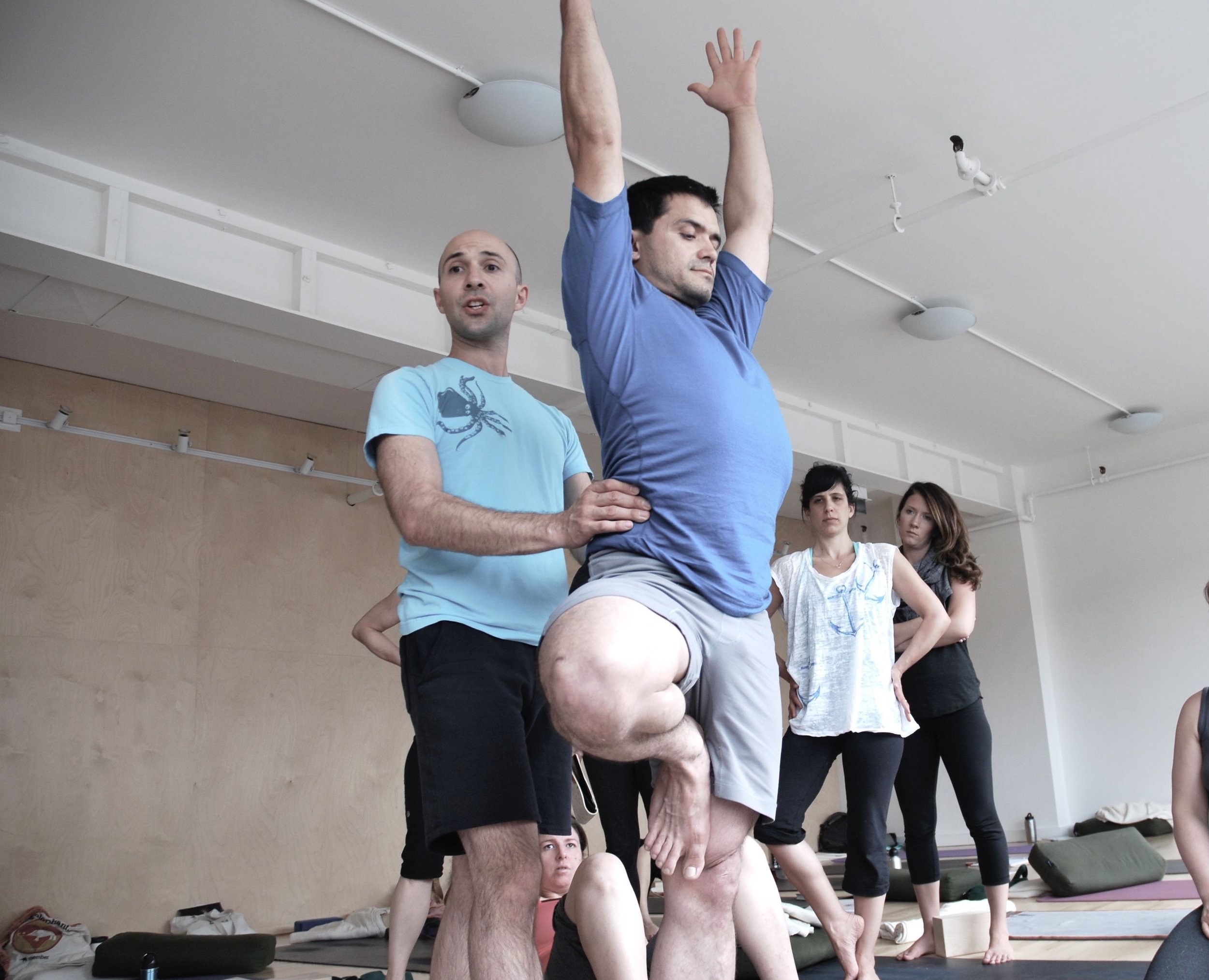Course Overview
As students and instructors of yoga, we typically learn anatomy as a system of separate parts rather than as the interconnected whole that reflects the body’s function, resilience and capacity for adaptation and healing. In this training, you will look at functional anatomy and biomechanics as methods to increase your effectiveness as a practitioner and teacher. You will discover how our systems are interconnected and walk away with concrete tools to assess healthy movement, create therapeutic programs and learn new strategies to optimize yoga as a healing modality. This course brings the deeper layers of anatomy to life in a way that’s both realistic and valuable for movement professionals and will provide you with tools to support your practice and work with your clients.
Topics covered in this training:
Spine, Pelvis, Upper Limb and Lower Limb Overview
Anatomy & Dysfunction
Common Injuries & Injury Prevention
Biomechanics and Assessing Function
Working with the Cervical, Thoracic, Lumbar and Sacral segments of the spine
Working with the SI Joint and SI dysfunctions
Working with the Scoliosis and Other Common Injuries and Variations of the spines
Working with the Pelvic Asymmetries
Working with Pain
Individualized Yoga Application
Assessing both the Whole and the Parts
Yoga Applications, Therapeutics, Durability & Prevention Training
And much more!
Cost: $550 ($300/ individual modules)
This course can count towards your continuing education with the Yoga Alliance or can be applied towards our 300 hour Yoga Teacher Training program.
MODULE 1: SPINE AND CORE
June 2nd - 4th (Friday 5:30pm-8:30pm, Saturday/Sunday 9:30am-4:30pm)
This module takes a deeper look at the anatomy and biomechanics of the spine and pelvic girdle as a basis for learning to support a whole person approach to wellness. We will examine common injuries and common dysfunction (including SI joint, scoliosis and pelvic asymmetries) alongside an exploration of how to support these issues. We will also examine range of motion and how to evaluate these areas while taking into consideration the importance of individual variances.
You will learn how to work with and troubleshoot a variety of techniques in your own practice as well as with your students. You will leave with a deeper understanding that you can immediately apply to your teaching and personal practice with a more functional spine and core.
What you'll learn
Functional anatomy of the pelvis and spine
Key functional movements of the pelvis and spine
Fundamentals of advanced and inspired facilitation
Structural assessment to basic movements of the spine and pelvis
The impacts of scoliosis, SI joint dysfunction and hyper/hypo kyphosis on spinal health and beneficial practices for each
Knowledge of pain science and how to create sequencing for neck pain, back pain, sacral dysfunction, and more
Integrating a resilient core into the practice of yoga
Anatomy and physiology of the nervous system and its application to yoga practice
MODULE 2: HIPS AND SHOULDERS
June 23rd - 25th (Friday 5:30pm-8:30pm, Saturday/Sunday 9:30am-4:30pm)
This second module builds on the foundation of the first, moving to the functional anatomy and biomechanics of the Hips and Shoulders.
As our base of support, the hips and lower limb are foundational to how we move in yoga practice and in life. In this workshop we will explore and discuss key functional anatomy of the lower limb, how to optimize alignment while allowing for diversity in movement, how to balance hip mobility and stability and create relevant assessments that increase your effectiveness with your students and in your own practice.
In this module we'll also explore the structure, movement and function of the shoulder joint and upper limb, and the application in yoga practice to address common vulnerabilities, injuries and contraindications. We will work with a variety of injury protocols and how to troubleshoot new ailments on your own.
You will leave this training with a deep understanding of the body as a whole that you can immediately apply to a more therapeutic style in your teaching and practice.
What you'll learn
Functional anatomy of the upper and lower limb
Structural assessment and interview based assessment of the upper and lower limb
Common vulnerabilities and injuries of the hip, knee, feet shoulder and wrists
Functional movement of the upper and lower limb to design a well balanced class
Authentic teaching from integrated learning
Therapeutic Assessment Overview, Interview, Diagnostics of the shoulders


